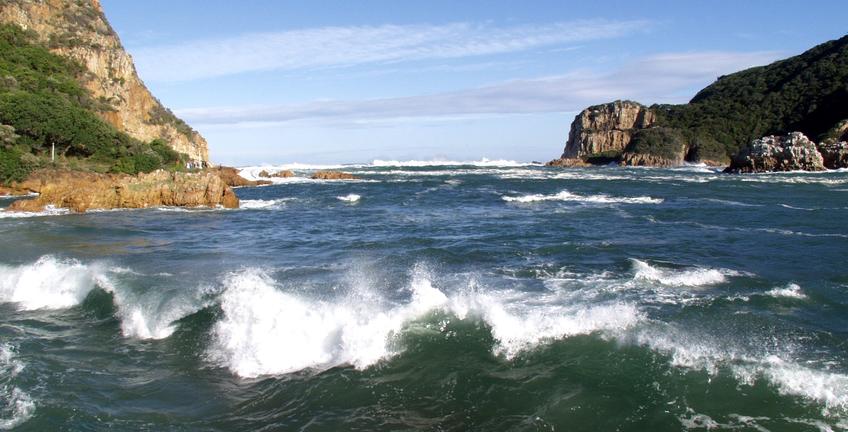Not only is the Garden Route a wonderful, and sometimes adventurous stretch of the South African coastline, but it’s also home to the Kynsna Heads.
The origin of the name, Knysna, isn't clear: various writers have suggested that it might have come from the Khoekhoe language term 'xthys xna' - which the writers believe could mean 'place of timber', 'place of ferns', or even 'straight down' (referring to the cliffs at The Heads).
In layperson’s terms, the Knysna Heads can be described as the rocky headlands at the western and eastern ends of the two peninsulas that embrace and define the Knysna basin. They also frame the Knysna Estuary’s only entrance to the sea. The Heads were formed when the Knysna River cut a channel through the ridge of hard Peninsula Formation quartzite.
Famous, or perhaps more infamous, for the often treacherous and always unpredictable waters that lie between them, the Heads are responsible for the number of wrecks that lie there. The Knysna River mouth is about 230 metres wide with a navigable channel of about only 100 metres on the western side of the mouth. The eastern portion is blocked by submerged rocks. A submerged sandbar across the mouth further limits navigability.

